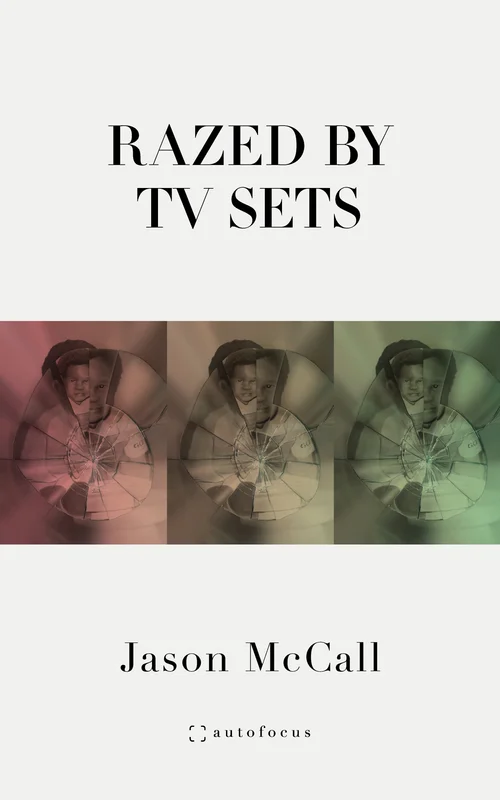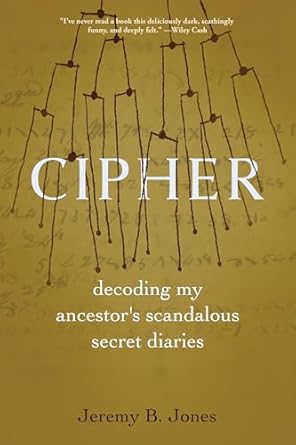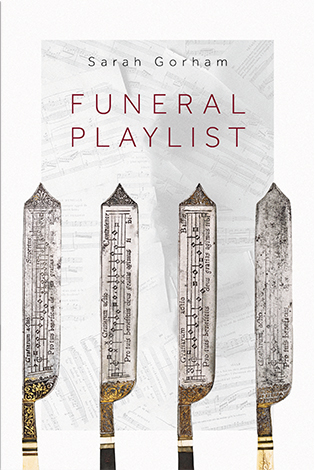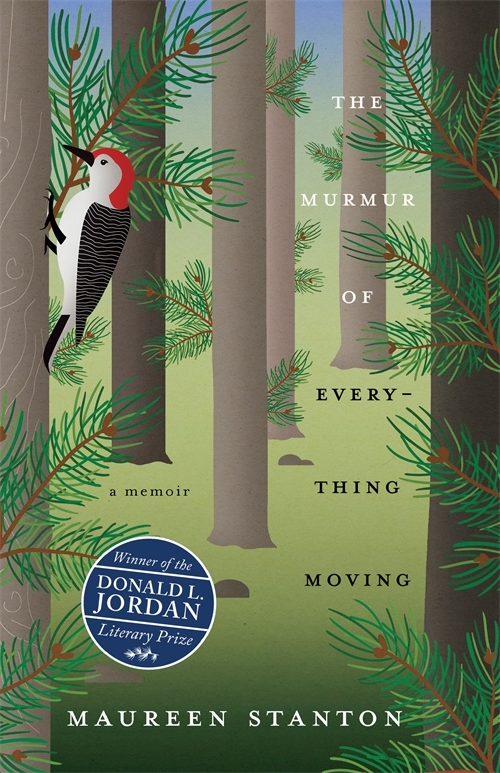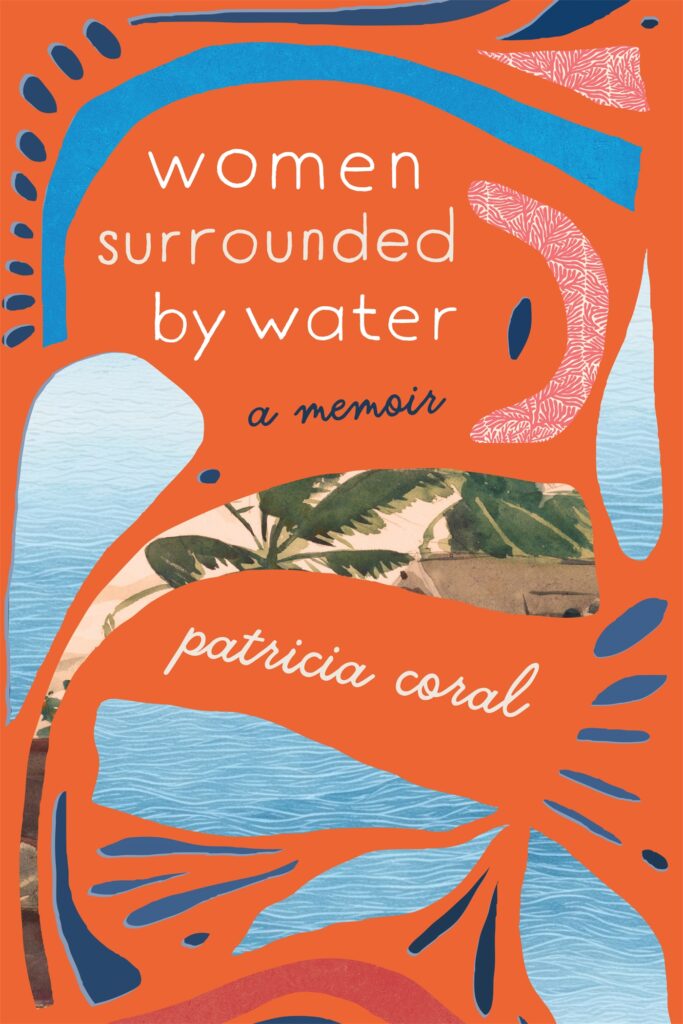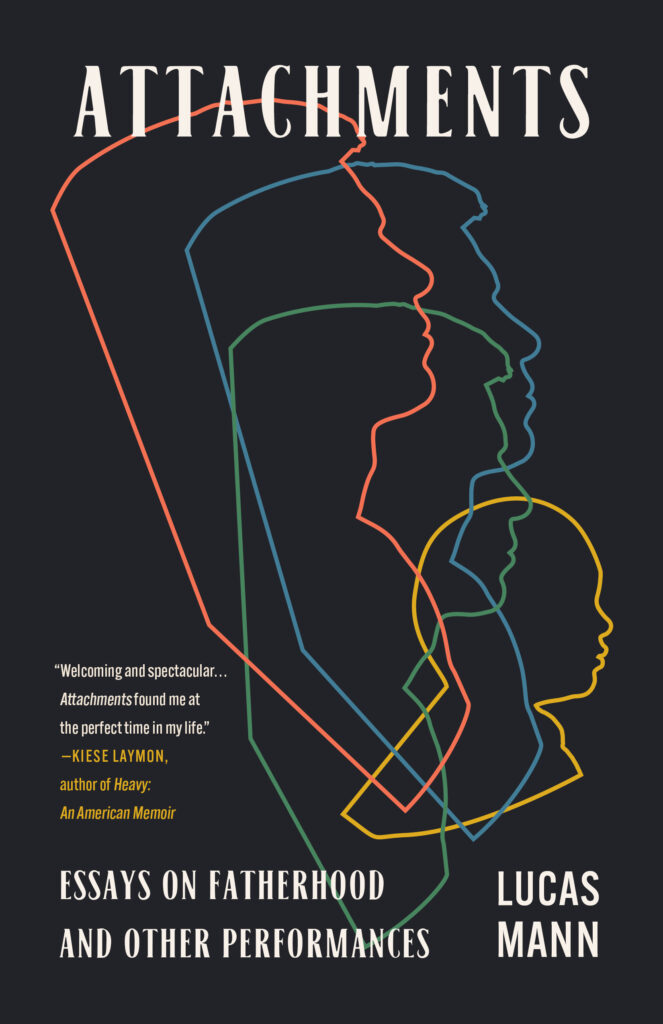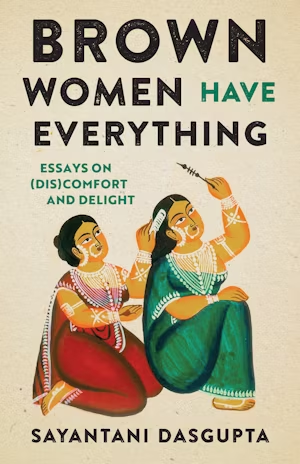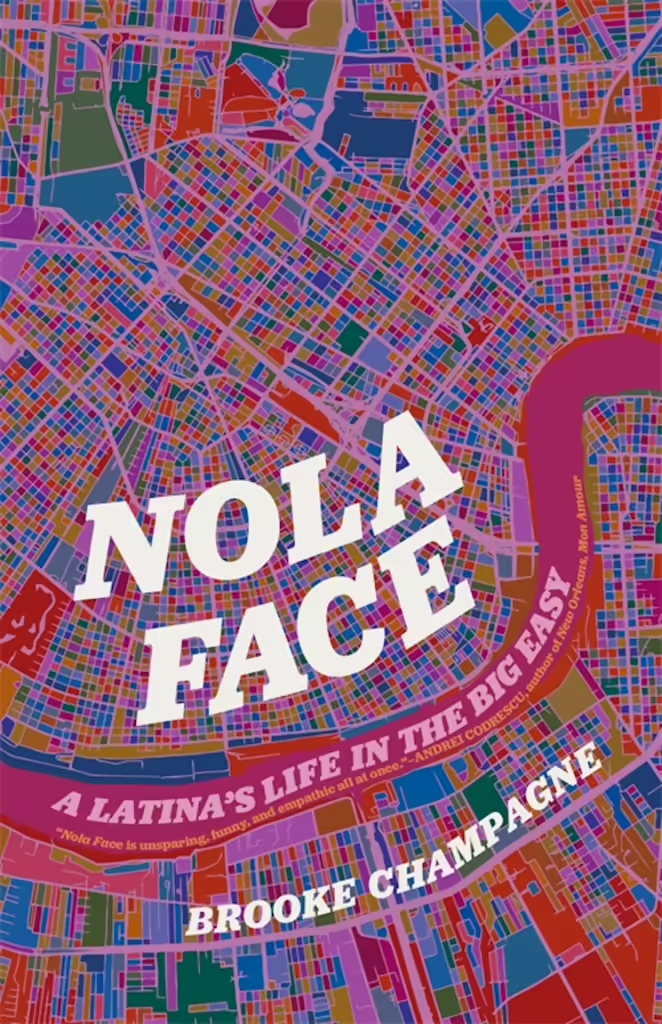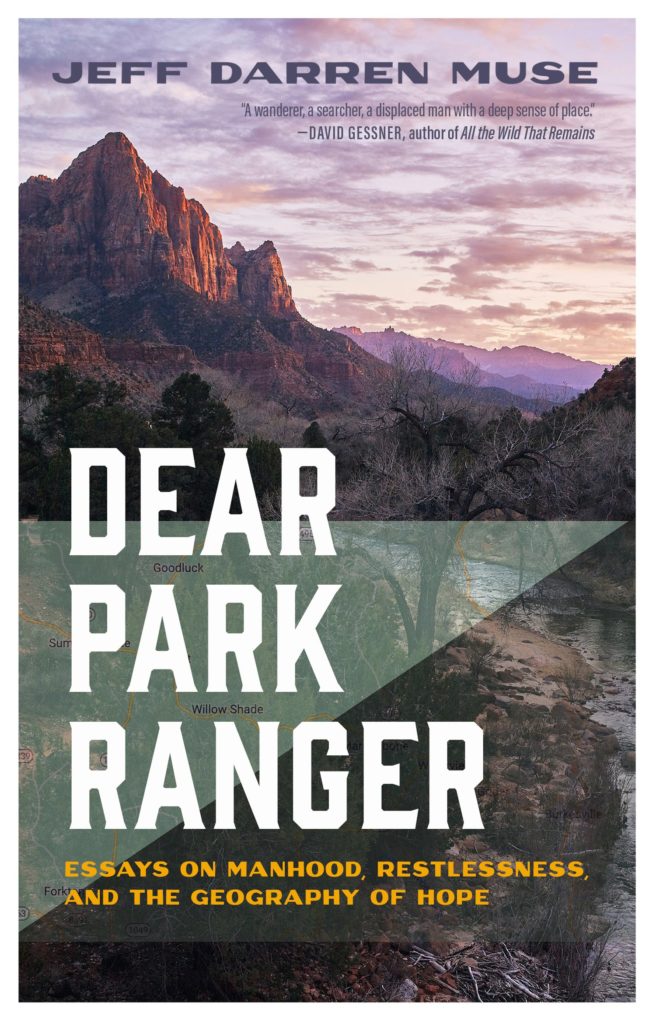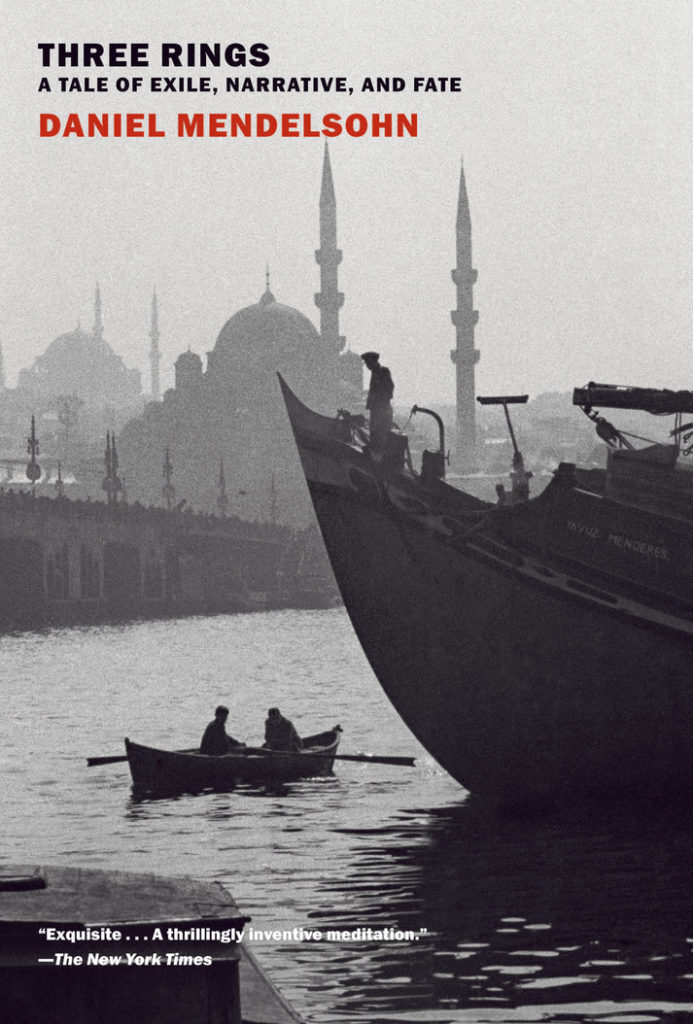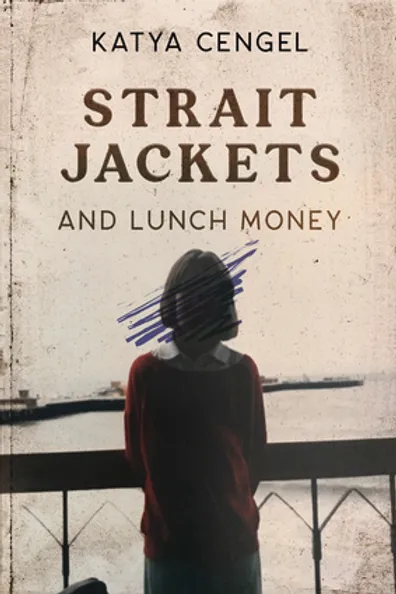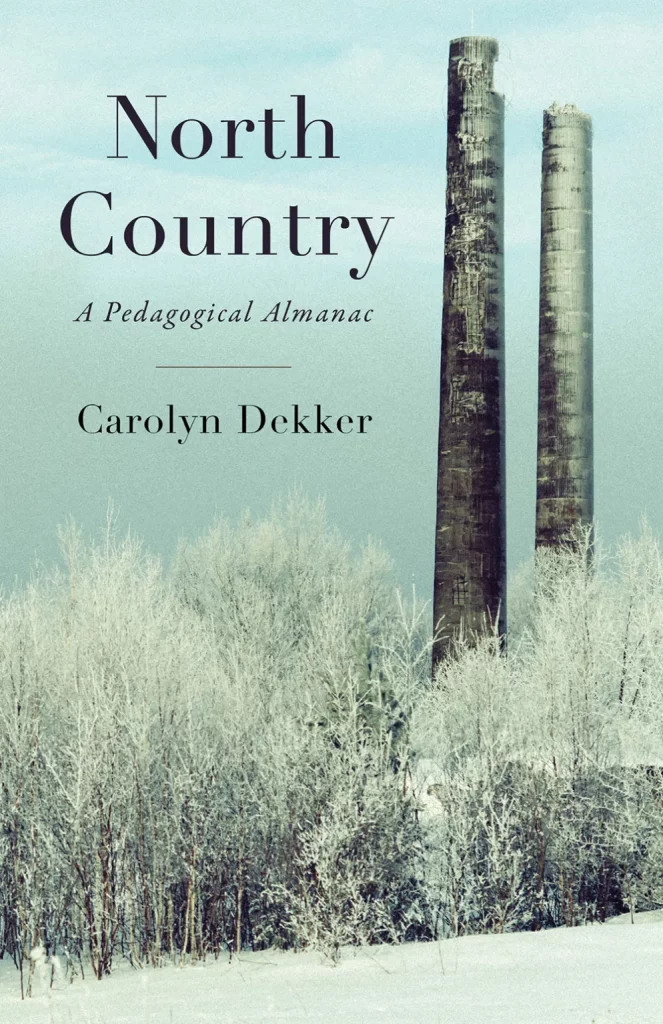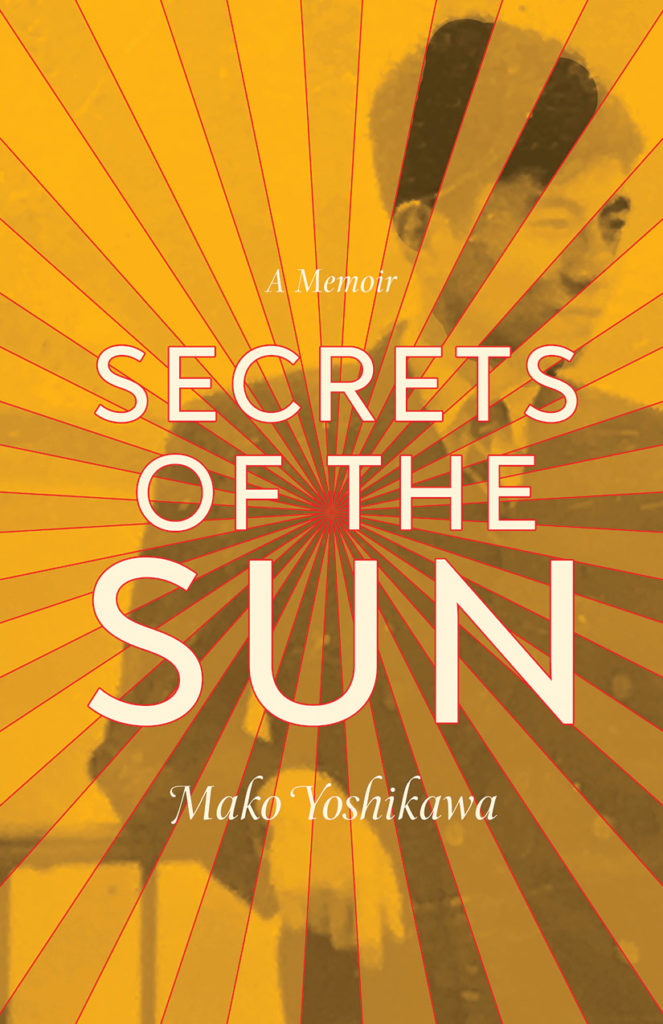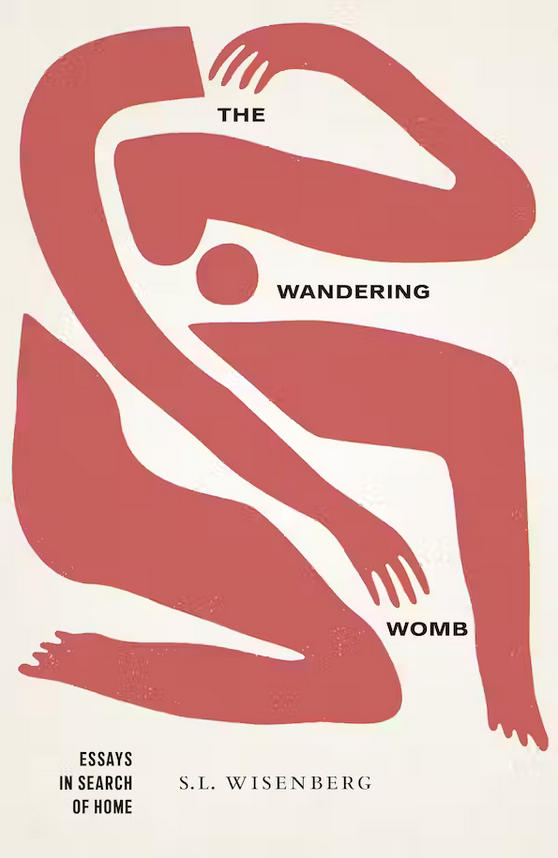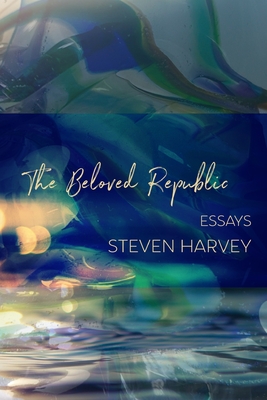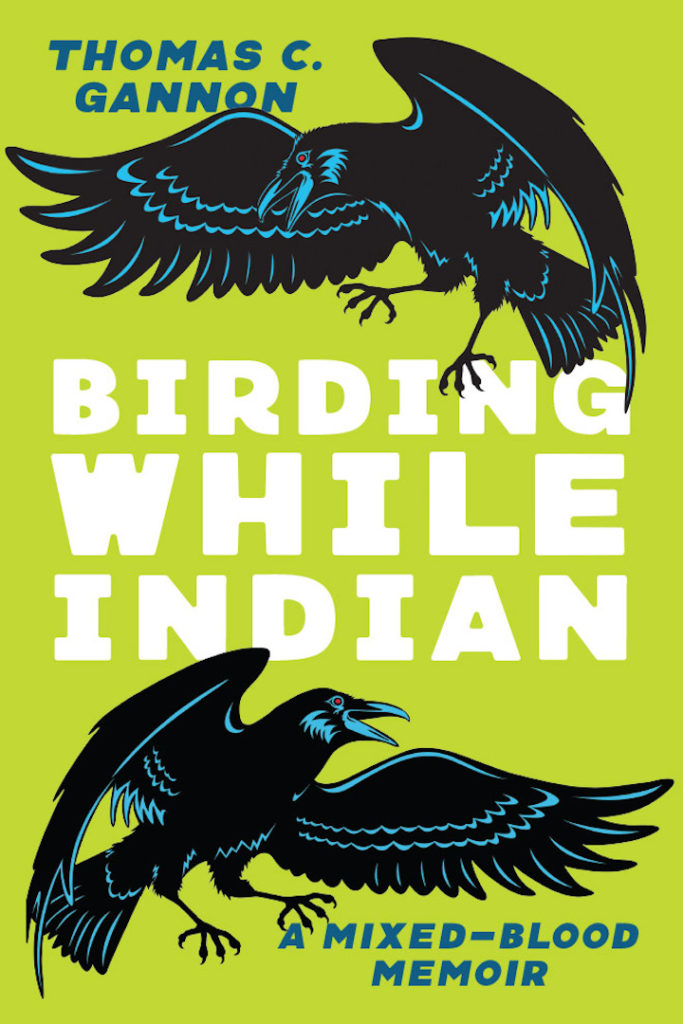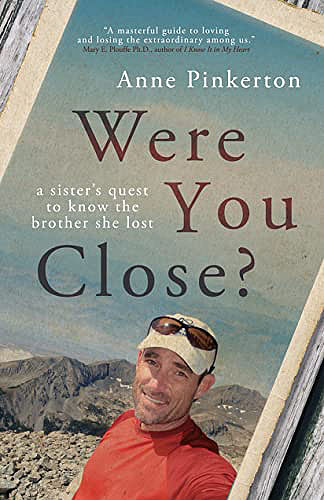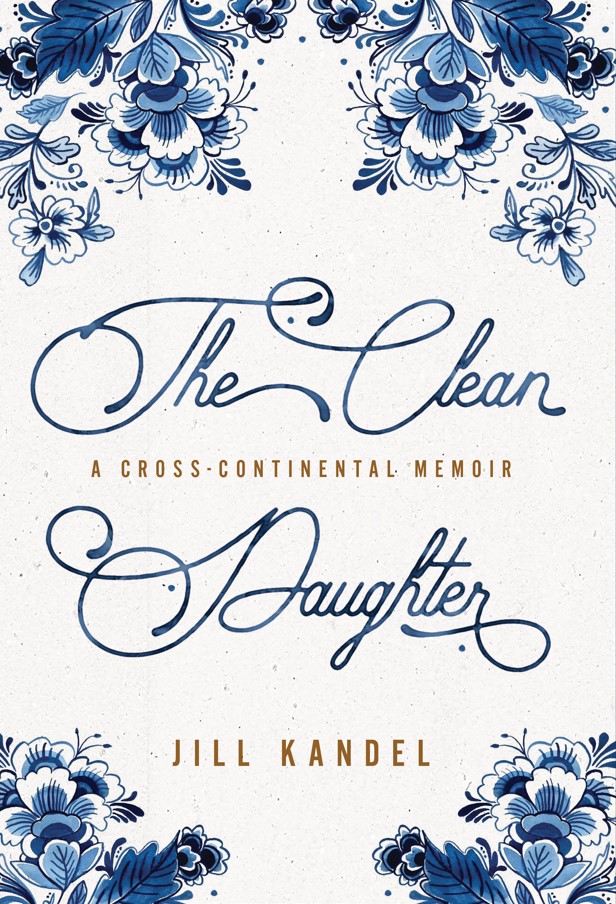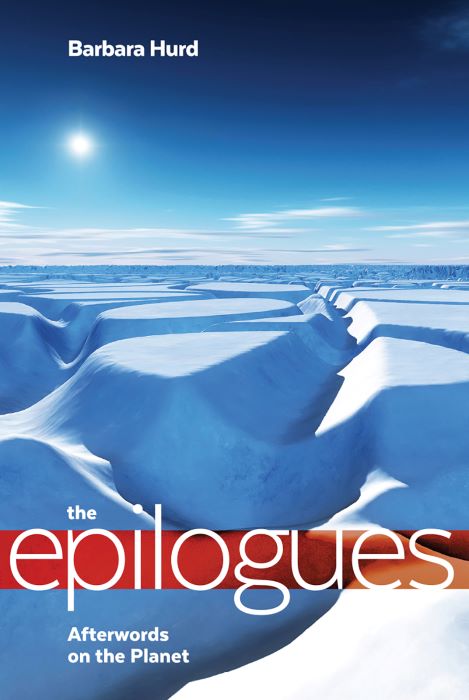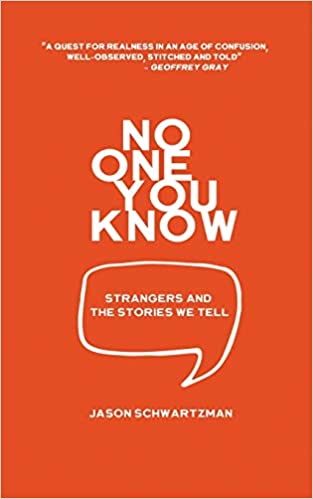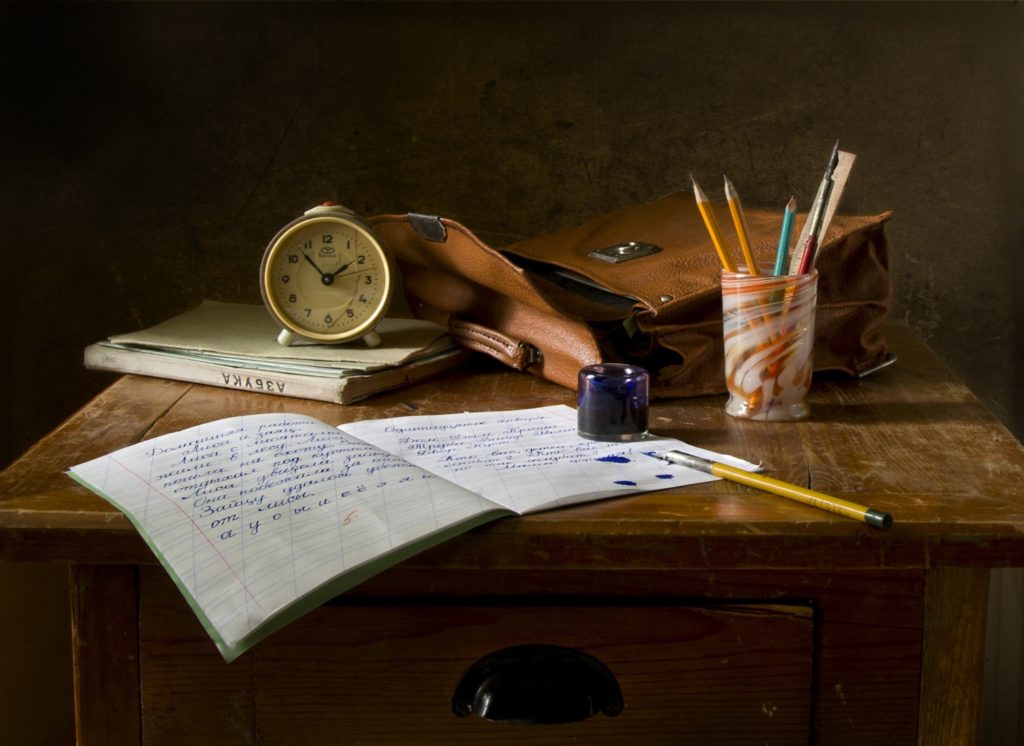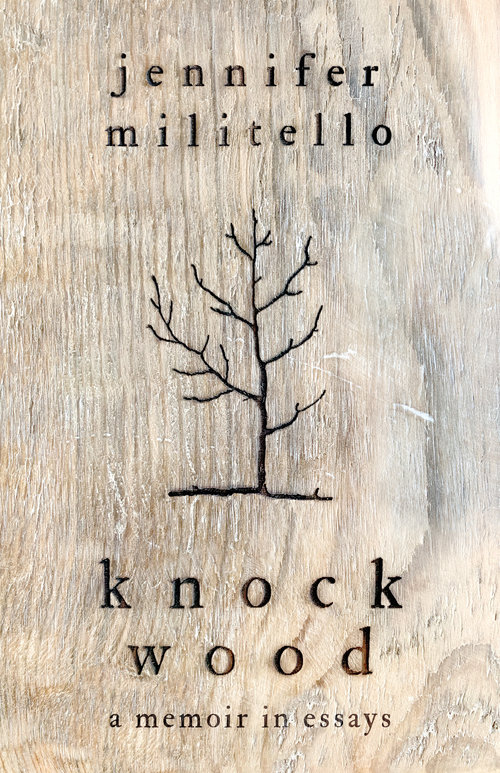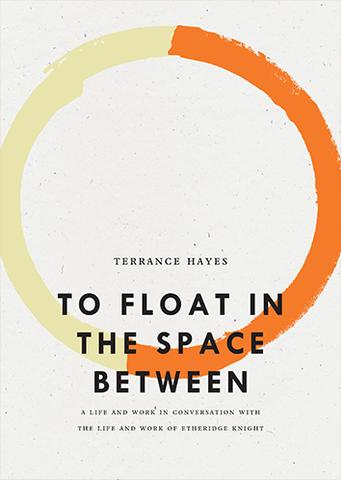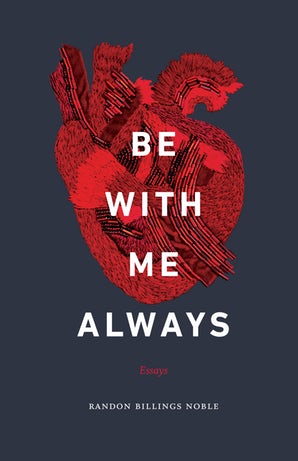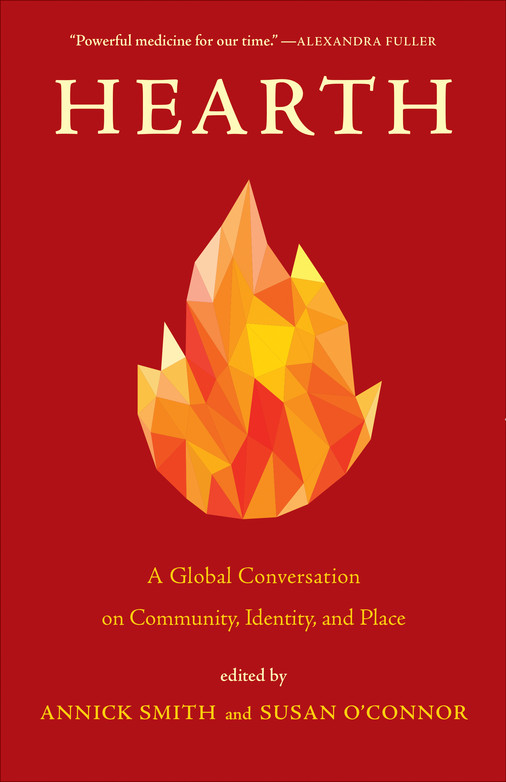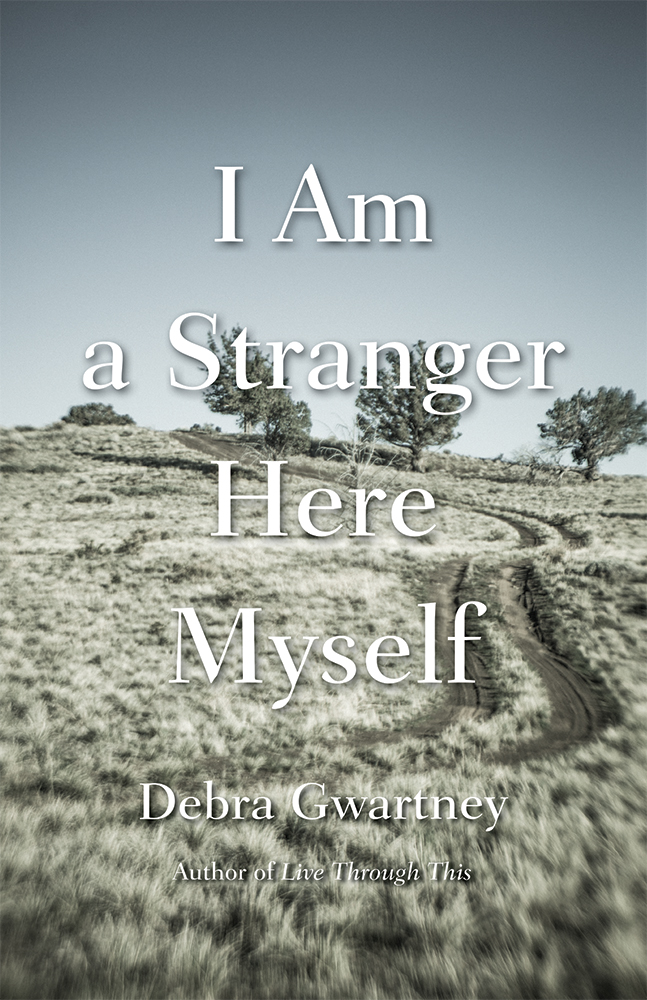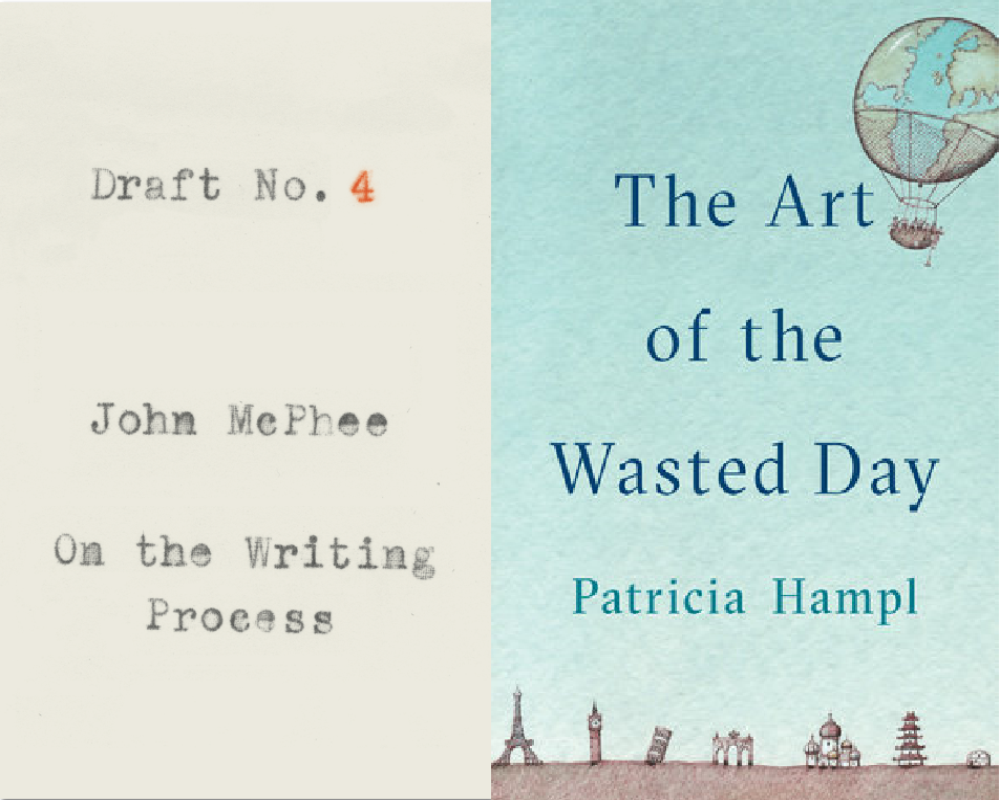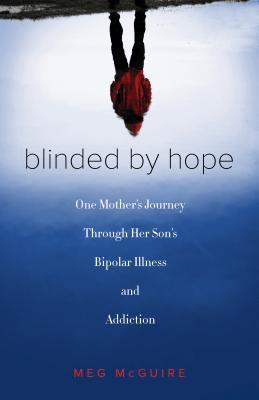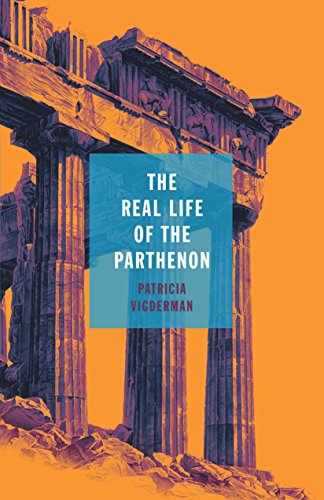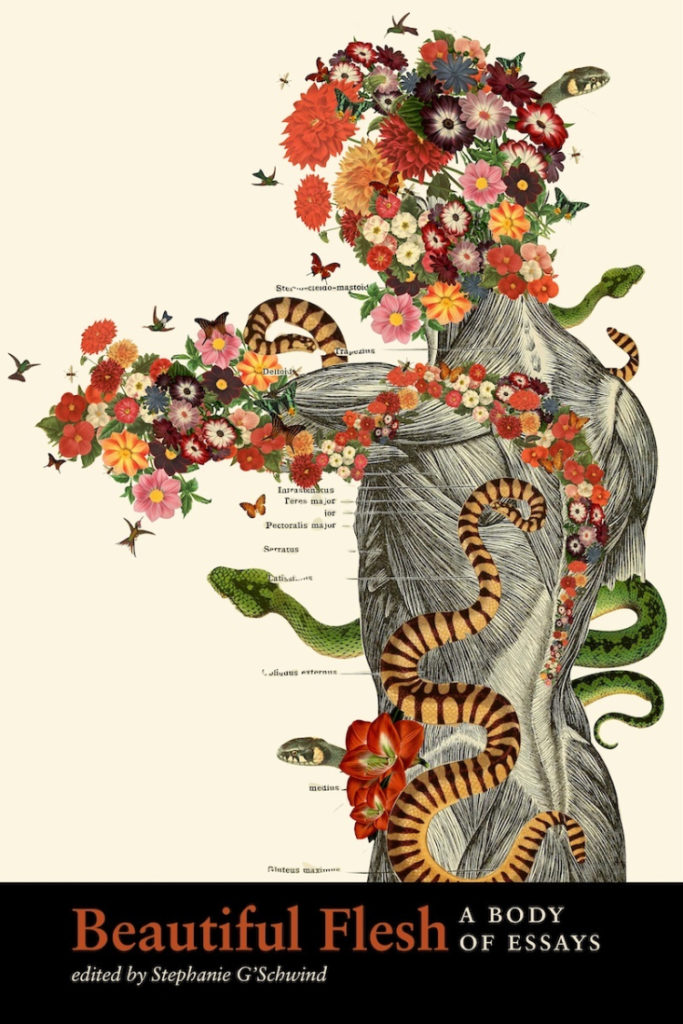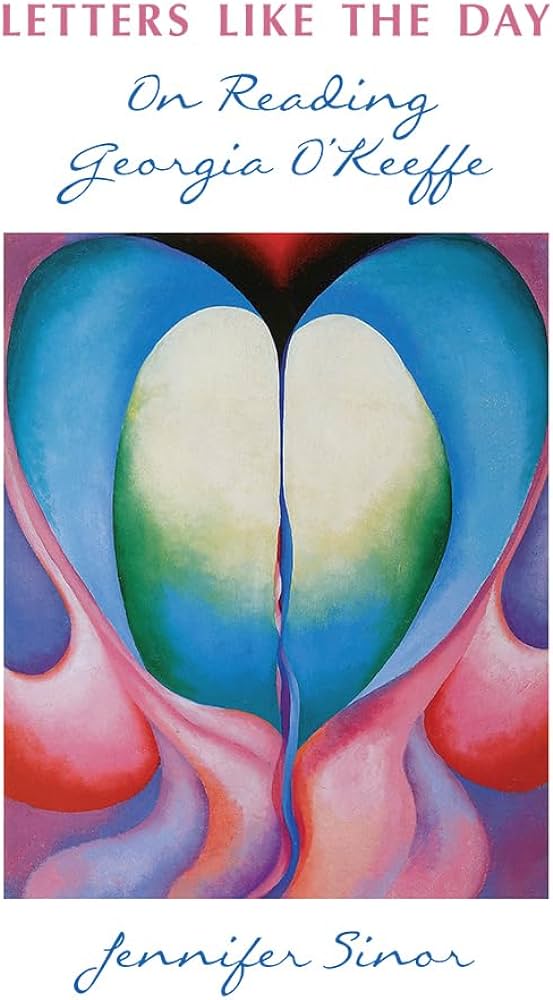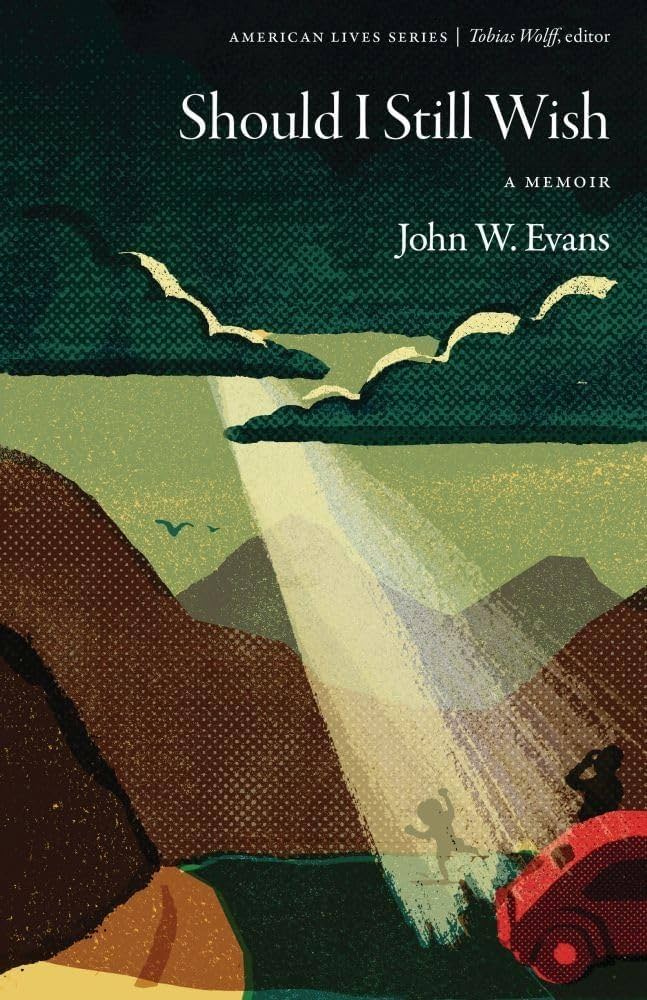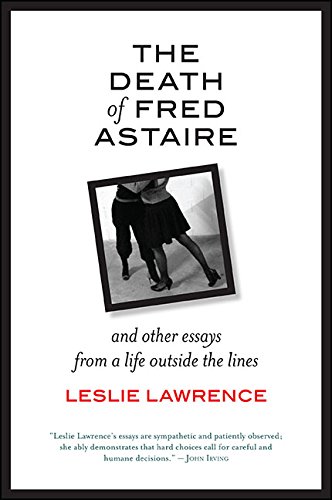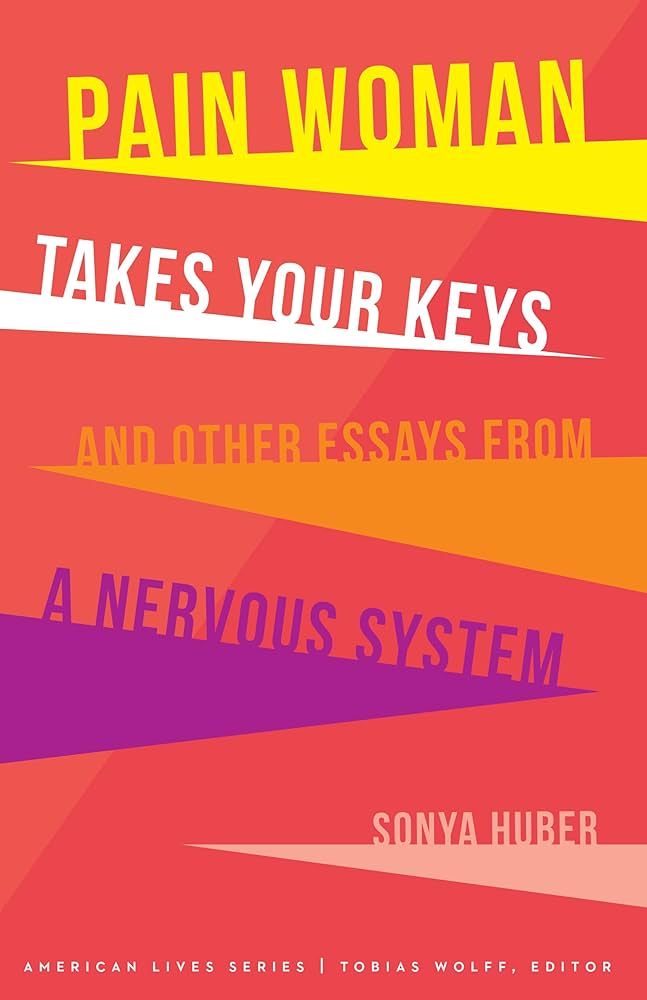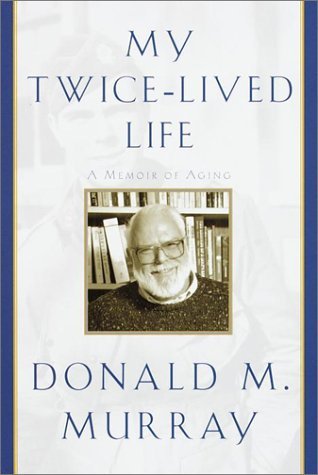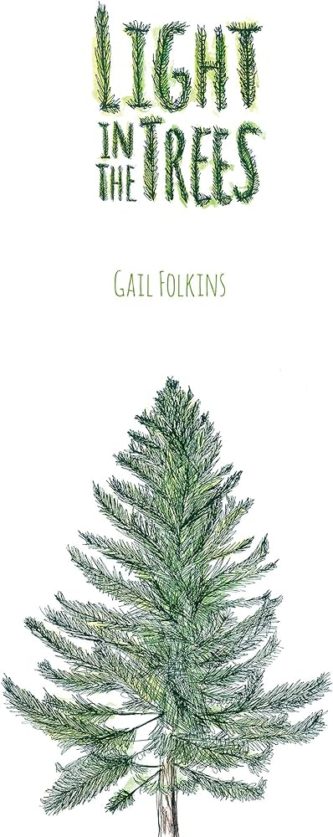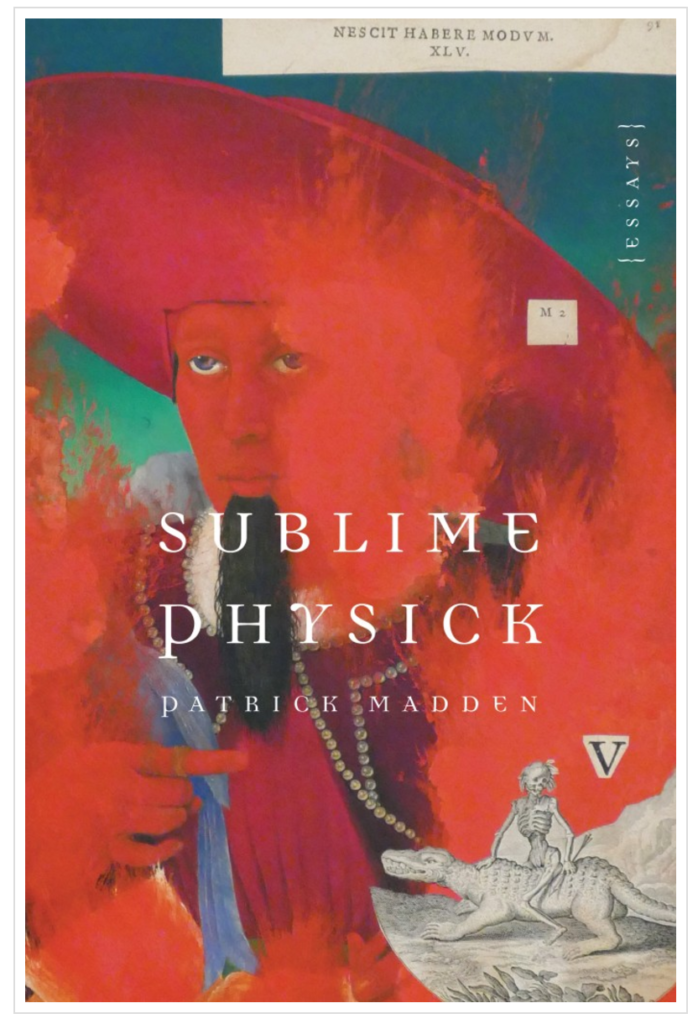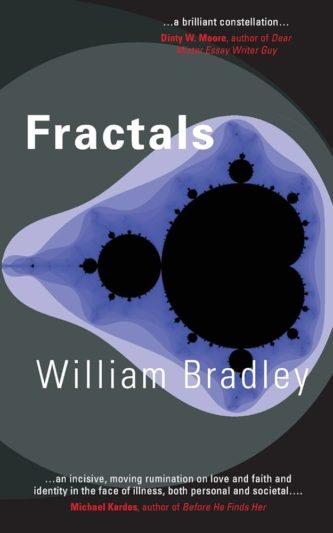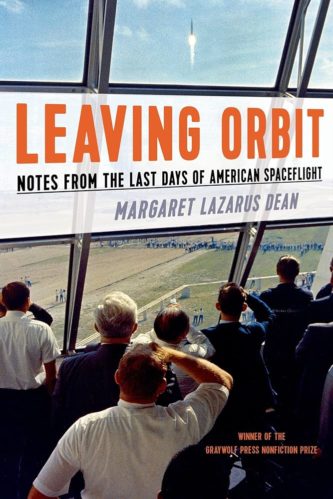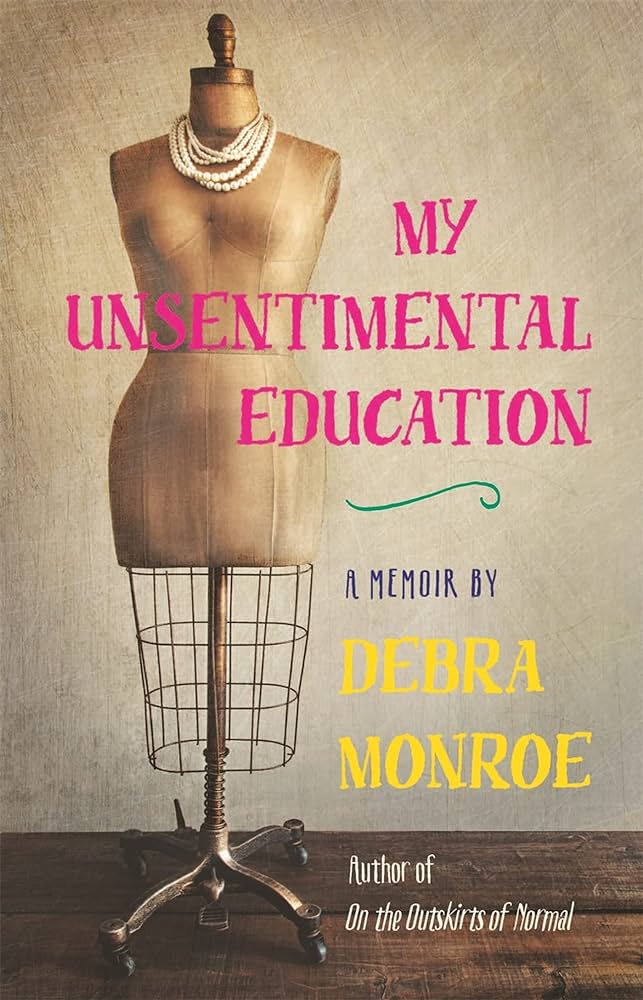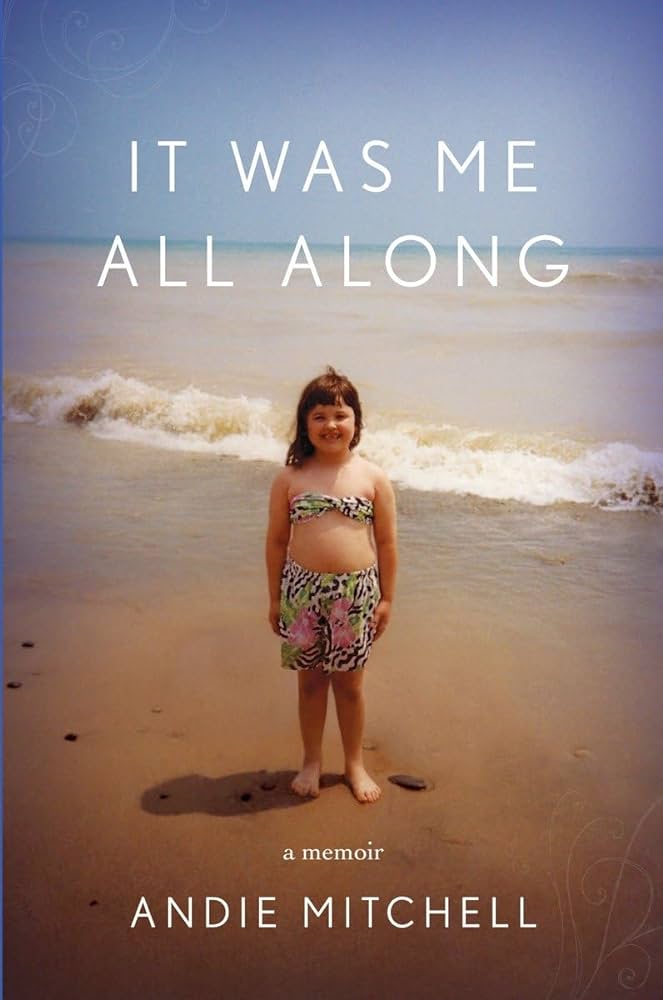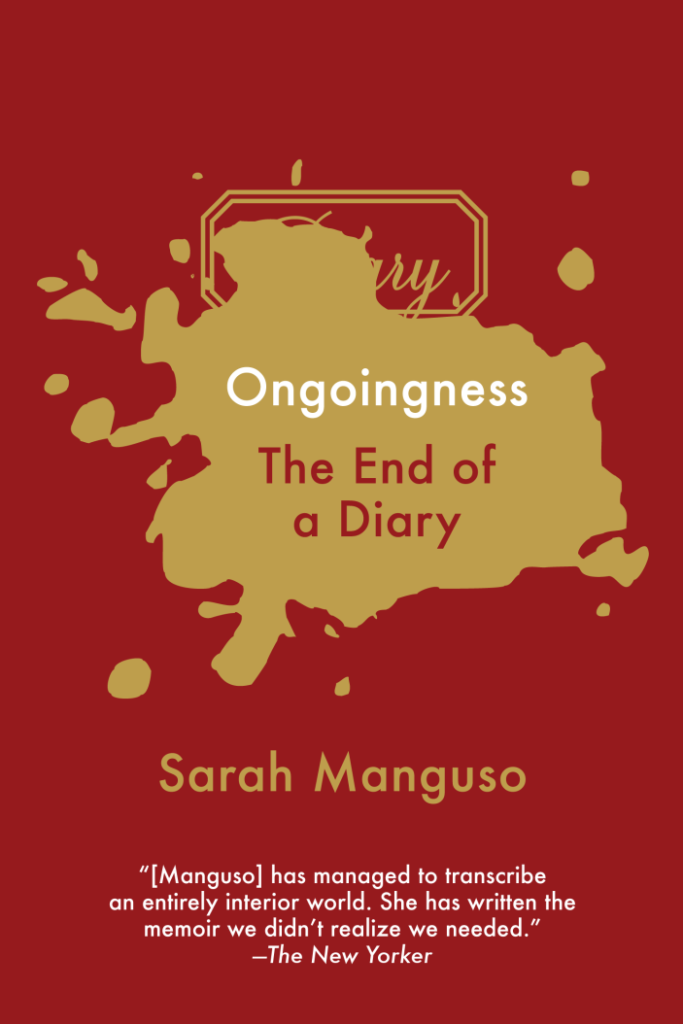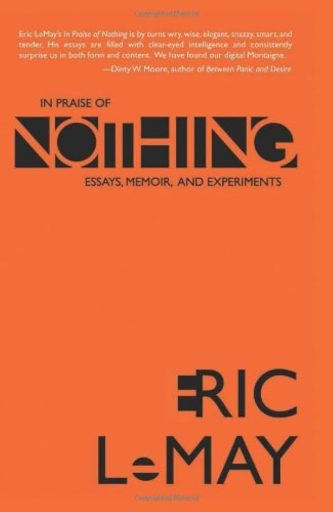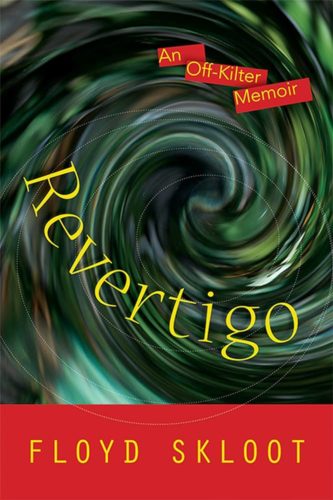By Emily Dillon
Diary of a Young Naturalist
by Dara McAnulty
Dara McAnulty, an environmental activist from Northern Ireland, may not yet be an American household name like his peer Greta Thunberg, but he certainly stands among the most accomplished champions of the environmental movement today. In his new book, Diary of a Young Naturalist, McAnulty, who is seventeen and lives with autism, writes autobiographically about environmental conservation and activism. The diary entries, written during his thirteenth year, ultimately build an impressive collection that reads as reminiscent of McAnulty’s age and far beyond his years. He maintains a childlike wonder in his descriptions of nature while offering mature perceptions of other people that challenge even the most ardent stereotypes of autism.
Take, for example, his description of predatory birds while on the island of Rathlin—“A solitary gannet scythes the sky and its cantering cries synchronize with my heartbeat”—or his investigation into creatures swimming at Bloody Bridge in County Down—“I feel the tickle of goby and blenny as beadlet anemones wave their antennae, scarlet with beads of blue around the inner edge.” In the intimacies of his detail, McAnulty showcases his observational closeness to each species and his aptitude for artistic language.
Perhaps most impressive, though, is his simple description of garden birds: “there are fledglings everywhere, alongside the exhausted, bedraggled adults.” Even with no experience of caregiving, he observes how adult birds dote on their young. And he applies this knowledge to his own parents, who he acknowledges throughout the diary for their work in his family: “I can see the drawn expression of tiredness on Mum’s and Dad’s faces. Mum has been sorting out our school, our educational statements, GCSE choices, furniture removals, and all the while she’s still been teaching Bláthnaid at home.”
Living with autism, McAnulty admits that most people find him “obsessive” or “weird” for his hyper-focused noticing, even though he describes this attention as his way “to sit and process the world, to figure things out and watch other species go about their day.” In fact, most of his poetic gifts, including the intensity of his joy, are often misinterpreted through his peers’ fear of autism or his autistic quirks. For example, he jumps for joy and “wiggles” upon seeing a favorite bird, a far cry from the stoic self-consciousness of other pre-teens; this puts his peers off, and he is bullied for it. In this way, Diary of a Young Naturalist is as much an exploration of self-identity in the face of othering, as it is a witness to the needs of nature.
Formally, Diary of a Young Naturalist is prose, but it reads structurally like a poetic sequence. There is no plot per se and certainly no story arc. Instead, the book begins where it ends—with blackbirds in spring—and returns time and again to the same themes, the same questions, embedded into seasonal details. The bullying he faces as an autistic child, for example, emerges with the dandelions in spring and reappears again with the summer solstice; his doubts about the effectiveness of environmental activism surface in summer, re-emerge in autumn, and circle back in winter. Each reiteration feels like an unspooling, a return to themes as they crest through his imagery. The benefit of this structure is that it compels the reader to see his truths as broader than any individual moment, a necessity for a treatise on environmental catastrophe.
For my own part, I gained a lot from McAnulty’s diary. I read it quite slowly over three months, perhaps because of its poetic structure and perhaps because I was getting married. I found that his voice resurfaced even when I hadn’t read the book for a few days: I looked at the cicadas on the sidewalk, noticing their spindly legs and papery husks; I scooped a spider up in my hands from the bathroom to release it outside, noticing how its legs felt on my palm; I looked up at the trees on my walks and wondered about their names. McAnulty’s noticing was infectious, changing the way I encountered through the world.
And so, I think back to a moment of doubt he offered in a summer entry: “But is this enough? Is noticing an act of resistance, a rebellion?” After reading Diary of a Young Naturalist, I offer McAnulty back this answer: yes, noticing is how we learn to care for the natural world.
Milkweed Editions
$25.00 Hardcover | Buy Now
Emily Dillon is a writer and educator from Maryland whose creative work ranges from nonfiction to poetry and all the lyrical places in-between. An avid reader, she also publishes book reviews and teaching guides and is currently an assistant editor for Brevity. www.emilydillonwriting.com


